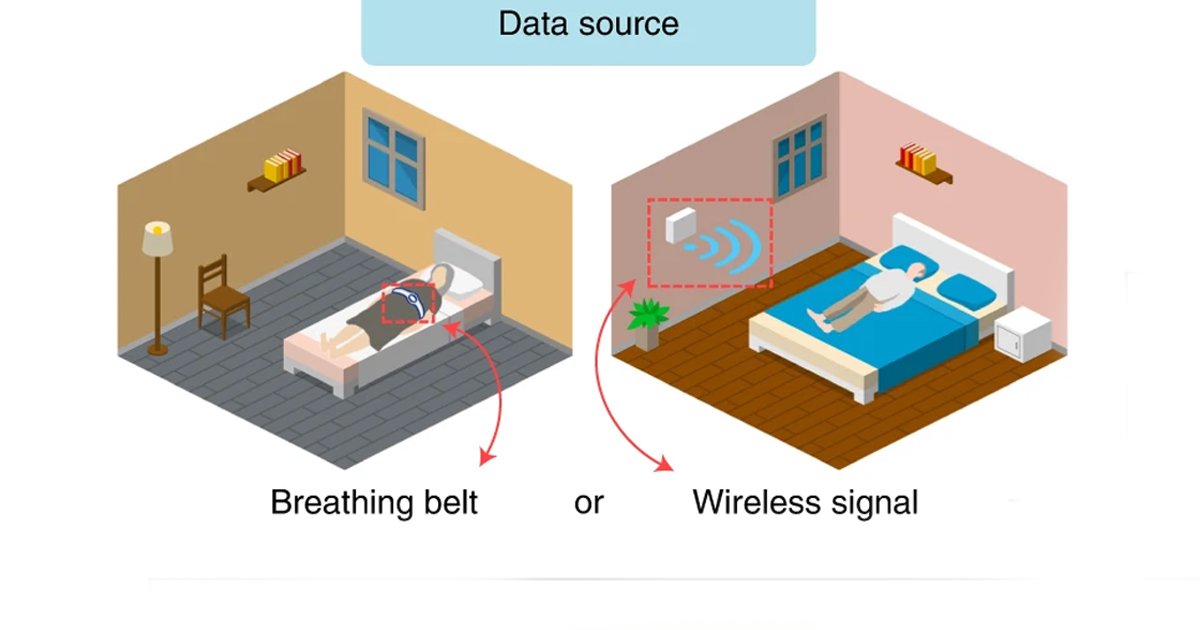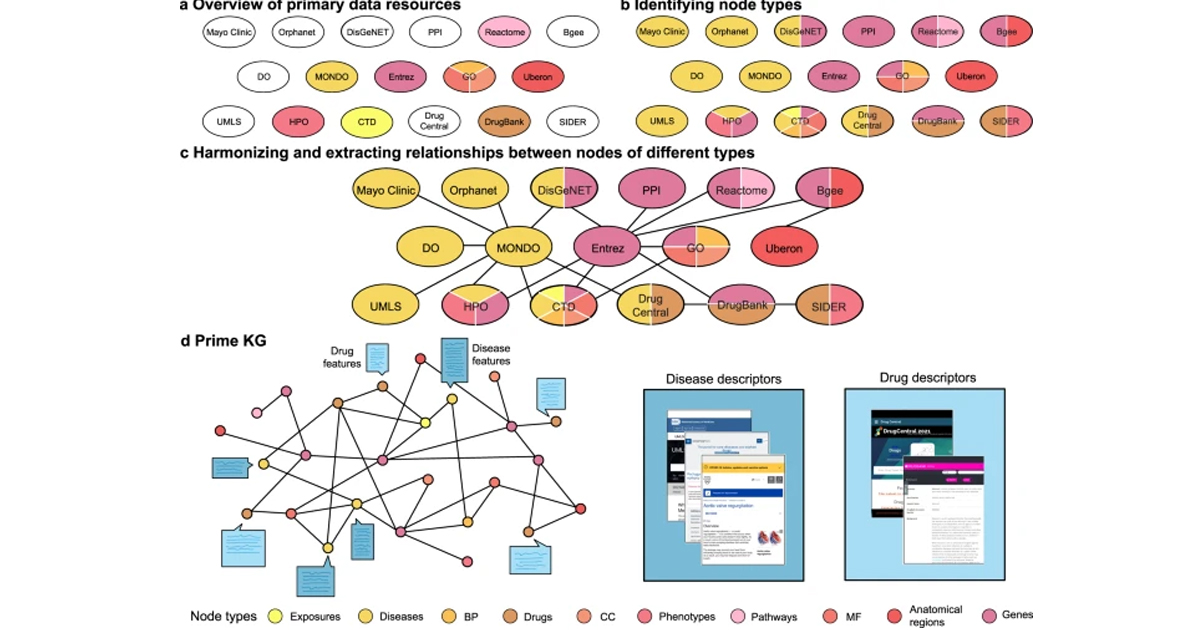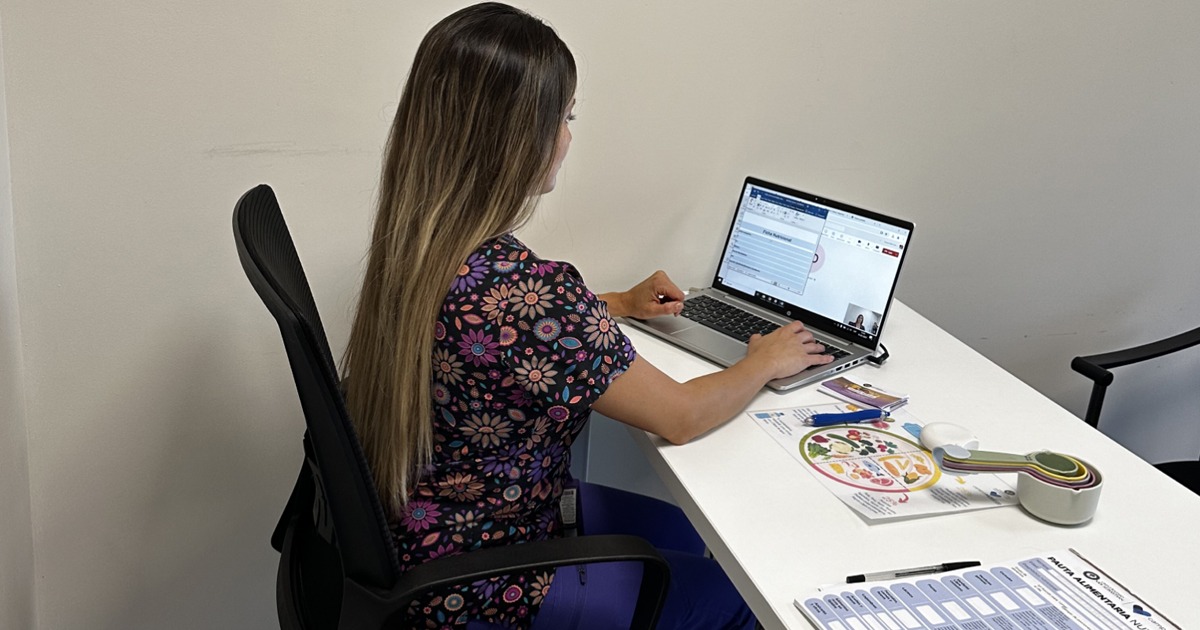Researchers at MIT have developed a device that looks like a WiFi router, which uses Artificial Intelligence (AI), for the detection of Parkinson's through breathing patterns during sleep.
A study published in Nature Medicine, titled "Detection and evaluation of Parkinson's disease by artificial intelligence using nocturnal breathing signals", showed the development of an AI model that allows detecting Parkinson's disease and tracking its progression through patterns night breathing.
The researchers explained that there are no effective biomarkers to diagnose Parkinson's or track its progression. Therefore, they developed an AI model that could perform these tasks from nocturnal breathing signals recorded by a device.
The model was tested on a data set of 7,671 people from various US hospitals and other public data sets. The tool is a neural network of connected algorithms that mimic the functioning of a human brain. This network is capable of measuring the severity of the disease and evaluating the progression of the disease over time.

Medical researchers have tried for years potential tools for the detection and diagnosis of Parkinson's, for example, using cerebrospinal fluid and neuroimaging. However, most of these methods, in addition to being expensive and invasive, require patients to access specialized medical centers.
Through a device that looks like a home WiFi router and AI, it was possible to monitor the breathing patterns of patients while they sleep. The device emits radio signals and extracts the subject's breathing patterns without the need for any physical intervention. Subsequently, the breathing signal is sent to the neural network to passively assess Parkinson's.
"Some medical studies have shown that respiratory symptoms manifest years before motor symptoms, which means that respiratory attributes could hold promise for risk assessment prior to Parkinson's diagnosis," explained Dina Katabi from the Department of Electrical Engineering. and Computer Science (EECS) from MIT.
Katabi adds that the study also has relevant implications for disease drug development and clinical care. "In terms of drug development, the results may enable clinical trials with significantly shorter duration and fewer participants, ultimately speeding up the development of new therapies," he explains. Regarding clinical care, this model can help the evaluation of patients in underserved communities and with fewer resources to access specialized hospitals.
Check the full study at the following link: https://www.nature.com/articles/s41591-022-01932-x





